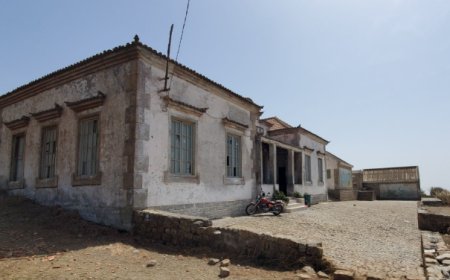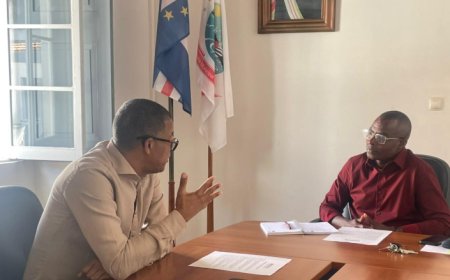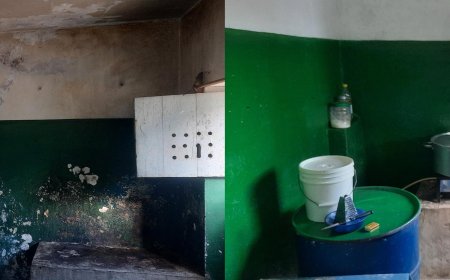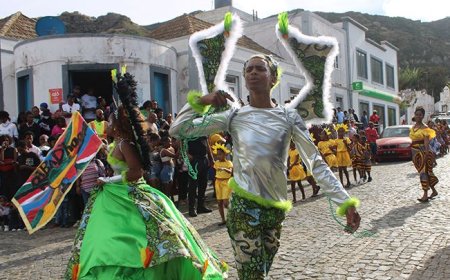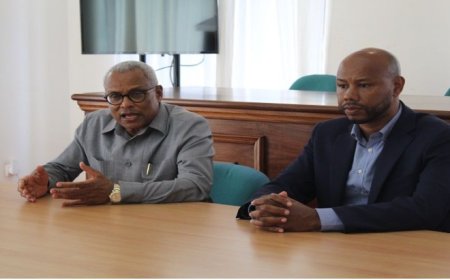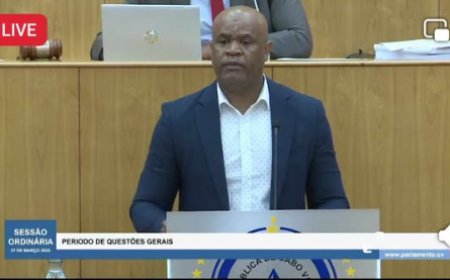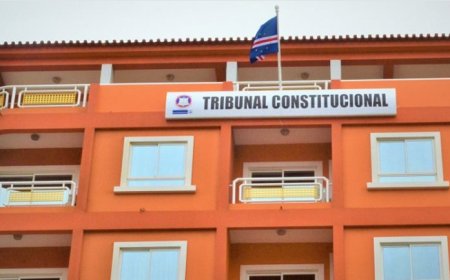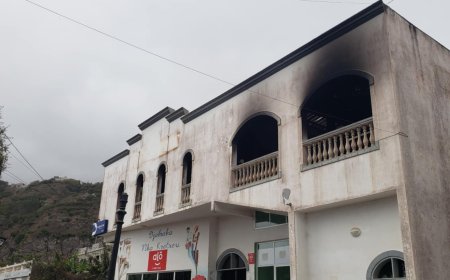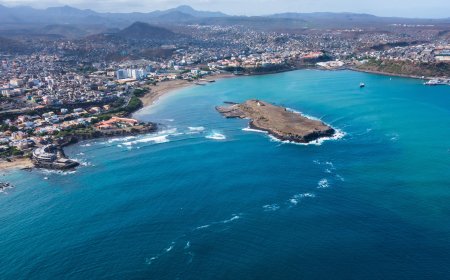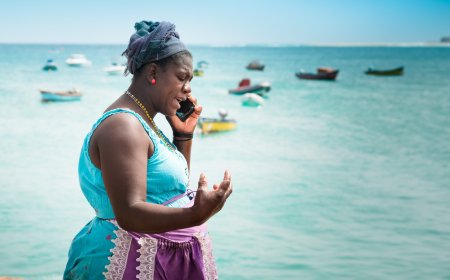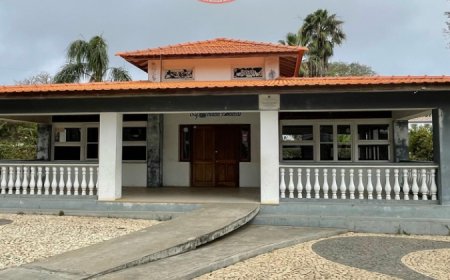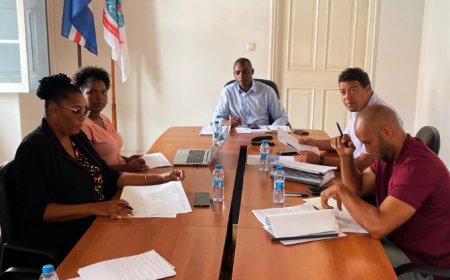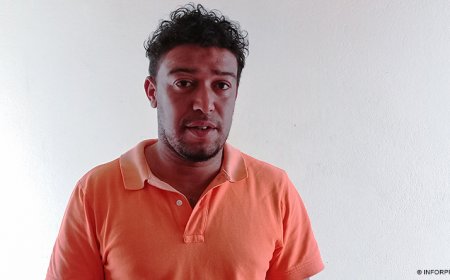WHAT ARE THE PROBABILITIES OF A MEGA TSUNAMI IN CAPE VERDE IN THE NEXT 50 YEARS?
According to a study carried out by researchers from the Geology department of the Faculty of Sciences of the University of Lisbon and published in 2015, a gigantic collapse of the eastern flank of Fogo Island caused, around 73,000 years ago, a gigantic sea wave with greater than 200 meters (equivalent to the height of a building with more than 60 floors).
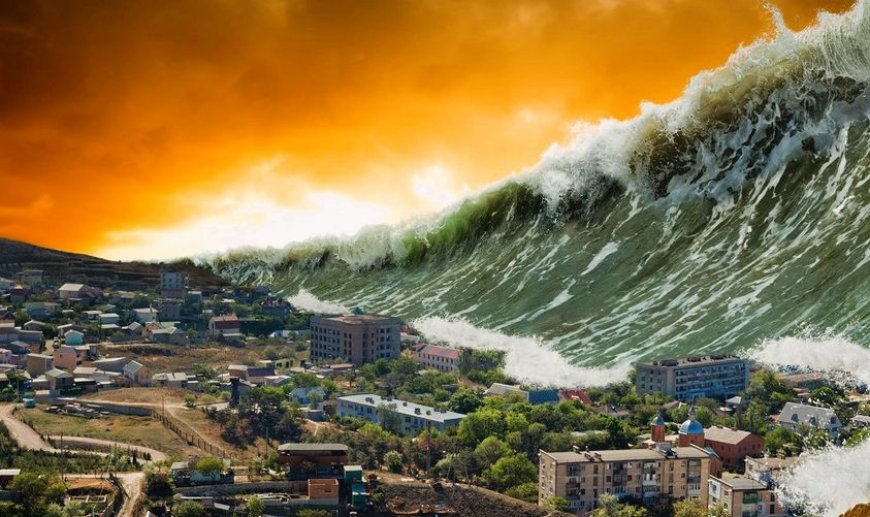
According to a study carried out by researchers from the Geology department of the Faculty of Sciences of the University of Lisbon and published in 2015, a gigantic collapse of the eastern flank of Fogo Island caused, around 73,000 years ago, a gigantic sea wave with greater than 200 meters (equivalent to the height of a building with more than 60 floors).
The tsunami will have reached the islands of Santiago and Maio where it will have left visible marks (volcanic material) at altitudes greater than 270 meters above sea level.
According to the same study, the potential energy for a new large-scale collapse continues to exist, so it is essential to maintain vigilance.
In fact, underline the researchers, a future landslide or landslide of the Fogo volcano is not ruled out, being totally unpredictable when that could happen.
But the risk of a tsunami doesn't just come from the collapse of the volcano wall. The volcanic eruption itself, by itself, can throw enormous amounts of pyroclastic material into the sea (lava, crater fragments, etc.) which, although unlikely, could also cause gigantic waves.
But it's not just the island of Fogo that danger can come. Scientific studies based on mathematical models claim that there is also a risk of a tsunami reaching Cape Verde if there is a strong volcanic event in the Canary Islands.
Scientists warn that a gigantic rocky mass threatens to break free from the Cumbre Vieja volcano, on the island of La Palma, and fall into the sea.
When that happens, a gigantic wave will cross the entire Atlantic, towards the American continent. In a few hours, the entire Cape Verdean coast would be flooded.
The risk is not imminent but scientists warn that it could occur within 10 to 200 years. When falling into the sea, the gigantic block will cause a wave 100 meters high, which will cross the Atlantic at a speed of 800 kilometers per hour.
UNDERWATER EARTHQUAKE
But it's not just volcanic eruptions on land or collapsing rocks that cause tsunamis. Undersea earthquakes under the ocean or sliding of submarine plates can cause intense movements of the water mass, generating large-scale tsunamis.
The ocean earthquake of magnitude 5.3 on the Richter scale recorded early last Thursday and whose focus was located 73 kilometers from Santo Antão indicates that the sea floor of Cape Verde is not asleep.
If there was a vertical movement of the oceanic plate (I abbreviate !) the fault could generate a tsunami that in minutes would reach the coast.
BUT DESPITE THE RISKS...
Despite the risks, fortunately, the chances of you facing a tsunami in Cape Verde are low.
Compiling all currently available information, the Think Hazard platform, specialized in natural disaster risk management, concluded that the probability of a tsunami occurring in Cape Verde in the next 50 years is LOW:
“That means, for the next 50 years. there is more than a 2% probability of a potentially destructive tsunami occurring in Cape Verde” - notes the digital platform, without failing, however, to ask to prepare for the impact of a possible tsunami, a preparation that must go through planning, methods and location of constructions (far from the coast) especially as Cape Verde will have to peremptorily face rising sea levels as one of the effects of climate change.
Furthermore, analysts ask Cape Verdean authorities to identify and regulate measures related to the risk of a tsunami and its impacts, starting with warning and evacuation plans.















